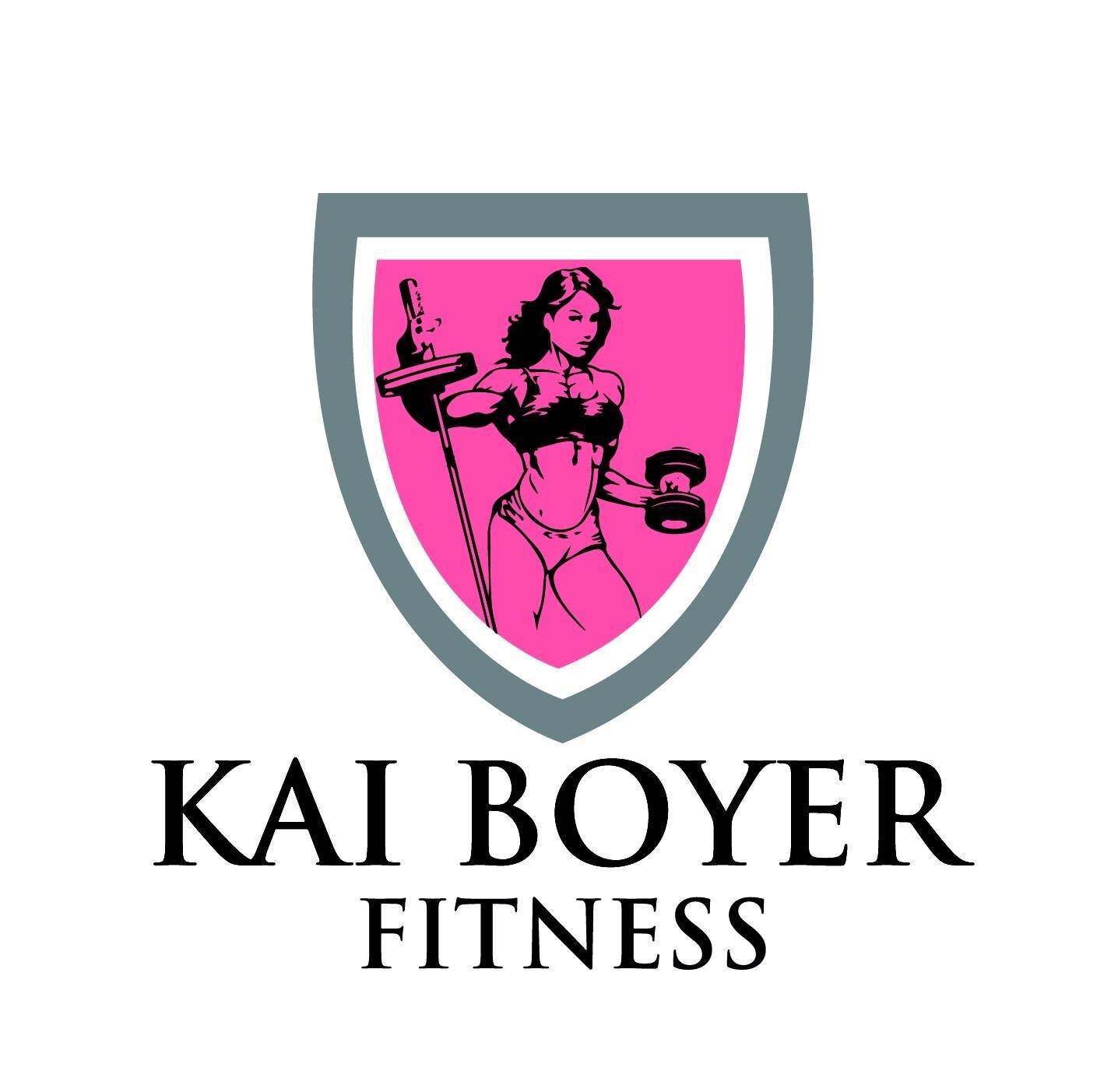Breathing: Are you doing it right?
March 29, 2019 By aleishasalazar3
Breathing. It’s something you don’t have to think about and just do. Or do you? It’s time to stop and consider how you breathe when you exercise.
Whether you enjoy running, swimming, jogging, cycling, walking or resistance training, proper breathing is important for exercising safely, comfortably, and effectively. Proper breathing is also central to nonaerobic forms of exercise like weightlifting, yoga, tai chi and pilates.
Taking in regular, deep breaths promotes the transfer of oxygen that powers the muscles, and pushing out regular, deep breaths eliminates waste gases such as carbon dioxide. According to the American Council on Exercise, you can determine your effort level during exercise by how hard you are breathing. When you exercise and your muscles work harder, your body uses more oxygen and produces more carbon dioxide. The US National Library of Medicine National Institutes of Health says, to cope with this extra demand, your breathing has to increase from about 15 times a minute (12 litres of air) when you are resting, up to about 40–60 times a minute (100 litres of air) during exercise.
The way you breathe can impact how hard or easy it is to get through a workout. University of New Mexico research say the best way to get a full, deep breath is to breathe from the diaphragm while expanding the chest at the same time. Allow the inhalation to push out your belly and expand your rib cage as opposed to lifting your shoulder.
During aerobic exercise, your main priority should be establishing a consistent breathing pattern. According to Self, the more consistent your breathing (think even, measured breaths versus short, shallow breaths), the more nitric oxide you’ll get into your body, which helps dilate the blood vessels and increases the oxygenated blood flow to the heart so that it will work more efficiently.
Controlling your breathing during strength training, for example, can help you lift more weight and exert more power with less effort. The correct way to breathe during weight training is to exhale while pushing the weight away from your body and inhale while pulling it towards your body. You should always exhale when you are exerting energy. According to SELF, for strength training in general, breathing out on the concentric phase of the lift (when you’re doing a bicep curl, the concentric portion is when you lift the weight toward your shoulder, and the eccentric portion is when you lower it back toward the ground) is the most commonly recommended technique. The way you breathe is on autopilot but paying attention during a workout can help make sure you’re breathing as efficiently and effectively as possible. Remember to breathe correctly after working out too! With breathing, you have so many chances every single day to practice proper technique so it’ll start to feel more and more natural.

